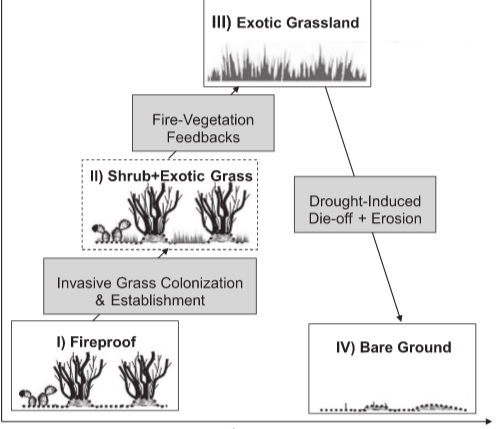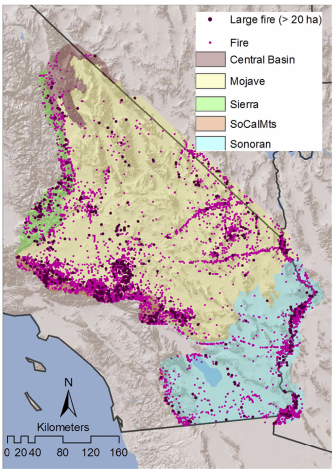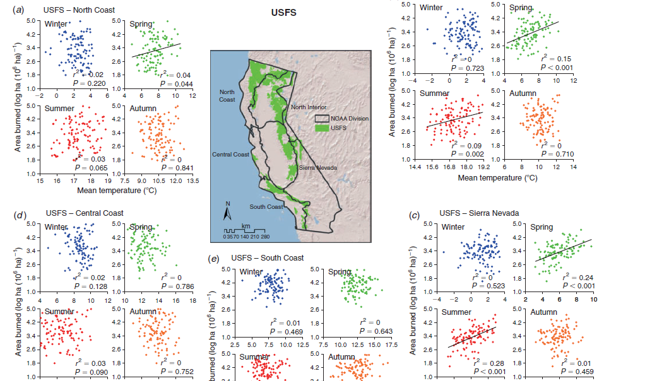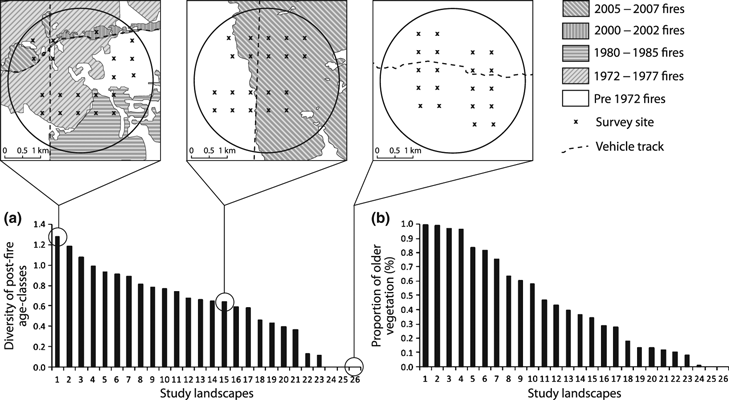Are historical fire regimes compatible with future climate? Implications for forest restoration: Research Brief
/Future climate-induced shifts in fire regimes and plant distributions could uncouple vegetation from the fire regimes for which they are adapted. The brief discusses changes to fire-adapted plant communities under modeled climate change scenarios and their implications on the Kaibab Plateau landscape.
Read More






















